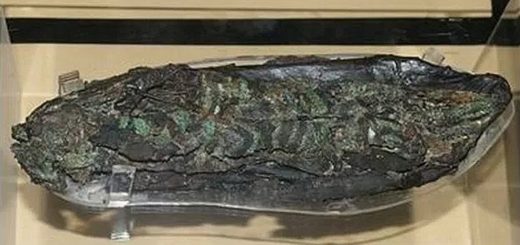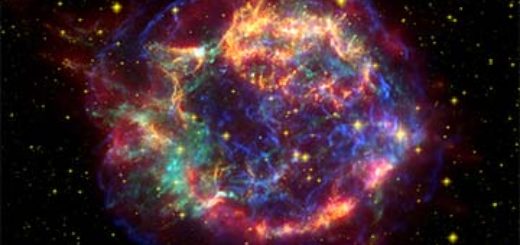DEEP FREEZE Long cold winter could hit space with record low temperatures within months, NASA warns

A LONG cold winter could hit space in months bringing record low temperatures, NASA has said.
A scientist from the agency says sunspot activity on the surface of our star has dropped so low that record low temperatures could soon hit space – though the Earth’s climate will remain unaffected.
“We see a cooling trend,” Martin Mlynczak of NASA’s Langley Research Center told Spaceweather.com.
“High above Earth’s surface, near the edge of space, our atmosphere is losing heat energy.
“If current trends continue, it could soon set a Space Age record for cold.”
Solar minimum can enhance the effects of space weather, disrupt communications and navigation, and even cause space junk to “hang around”, NASA said.
Mlynczak and his colleagues have recently introduced the “Thermosphere Climate Index” (TCI), which measure the how much heat nitric oxide (NO) molecules are dumping into space.
The results come from the SABER instrument onboard NASA’s TIMED satellite, that monitor infrared emissions from carbon dioxide (CO2) and nitric oxide (NO).
By measuring the infrared glow of these molecules, SABER can assess the thermal state of gas at the very top of the atmosphere – a layer researchers call “the thermosphere.”
When the thermosphere cools, it shrinks, making the radius of the Earth’s atmosphere smaller.
This means it can delay the natural decay of space junk, resulting in a more cluttered environment around Earth.
“Right now, it is very low indeed,” Mlynczak told the site.
“SABER is currently measuring 33 billion Watts of infrared power from NO. That’s 10 times smaller than we see during more active phases of the solar cycle.”
He added: “The thermosphere always cools off during Solar Minimum. It’s one of the most important ways the solar cycle affects our planet.
“We’re not there quite yet,” he said, “but it could happen in a matter of months.”



 Creators of mankind
Creators of mankind Description of “Tall white aliens”
Description of “Tall white aliens” Where they came from?
Where they came from? About hostile civilizations
About hostile civilizations The war for the Earth
The war for the Earth “Tall white aliens” about eternal life
“Tall white aliens” about eternal life Video: “Nordic aliens”
Video: “Nordic aliens” Aliens
Aliens Alien encounters
Alien encounters The aliens base
The aliens base UFO
UFO Technology UFO
Technology UFO Underground civilization
Underground civilization Ancient alien artifacts
Ancient alien artifacts Military and UFO
Military and UFO Mysteries and hypotheses
Mysteries and hypotheses Scientific facts
Scientific facts


















